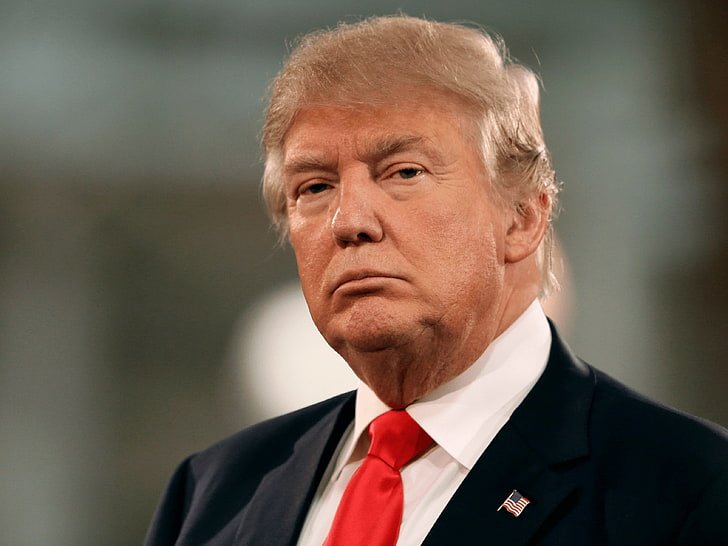Fuel Prices in Pakistan Likely to Rise from June 16, 2025: Petrol May Reach Rs. 254 Per Litre
Introduction
Pakistanis may soon face another blow to their monthly budgets as fuel prices are expected to rise from June 16, 2025. With international crude oil prices surging once again, the government of Pakistan is reviewing fuel rates for the second half of June. Reports suggest that petrol prices could increase by Rs. 1 per litre and high-speed diesel (HSD) by approximately Rs. 5 per litre.
If this increase is approved, the new price of petrol could reach Rs. 254 per litre, while diesel may climb up to Rs. 260 per litre. For millions of Pakistani households, especially those in the low- and middle-income brackets already grappling with high inflation, this potential hike may bring further financial stress.
Why Are Fuel Prices Increasing?
The primary reason for the expected hike in fuel prices is the consistent increase in global crude oil prices. In recent weeks, oil prices in the international market have shown a noticeable upward trend. Analysts cite several factors behind this surge:
-
Geopolitical Tensions: Conflicts in the Middle East and tensions between oil-producing nations have created uncertainty in global oil supply chains.Increase
-
OPEC+ Decisions: The Organization of the Petroleum Exporting Countries (OPEC) and its allies (known as OPEC+) recently decided to extend production cuts, limiting supply and pushing prices higher.
-
Global Demand Recovery: As global economies continue to recover post-pandemic and from economic slowdowns, the demand for energy—especially oil—has picked up pace.Increase
These global factors are directly impacting oil-importing countries like Pakistan, which relies heavily on imported fuel to meet its domestic needs.
Projected Price Hike Details
Here are the potential new prices if the proposed increases are approved:
| Fuel Type | Current Price (Approx.) | Expected Increase | New Price (Approx.) |
|---|---|---|---|
| Petrol | Rs. 253 per litre | Rs. 1 | Rs. 254 per litre |
| High-Speed Diesel | Rs. 255 per litre | Rs. 5 | Rs. 260 per litre |
The expected increase in diesel prices is notably higher than that of petrol. This is particularly concerning as diesel fuels public transport, trucks, and agricultural machinery.Increase
Impact on the Common Man
Any rise in fuel prices in Pakistan has a cascading effect across all sectors of the economy. Petrol and diesel are not just used for private vehicles; they are also critical in powering public transportation, goods carriers, generators, and farm machinery. Here are the major areas that may be affected:Increase
1. Transport Costs
Public transport operators are likely to pass on the added fuel cost to passengers. As a result, commuting by bus, rickshaw, or ride-hailing services like Careem and Uber will become more expensive. Private vehicle owners will also feel the pinch when refueling their cars or motorbikes.Increase
2. Food Prices
An increase in diesel prices typically results in higher costs for transporting goods, including agricultural produce, from farms to markets. This may lead to increased prices of essential items such as fruits, vegetables, dairy products, and grains.Increase
3. Agricultural Sector
Diesel is widely used in tractors, water pumps, and other farming machinery. A rise in diesel prices can increase the cost of plowing, irrigation, harvesting, and transportation of crops, ultimately affecting food production and pricing.Increase
4. Industrial Costs
Industries that rely on generators or diesel-run equipment will also face higher operational costs. This could affect manufacturing costs and result in more expensive consumer goods.
5. Inflation
The rise in fuel prices will likely trigger a broader inflationary trend in the country. As fuel costs rise, the price of almost every commodity and service could go up, placing an added burden on already cash-strapped citizens.
Breakdown of Government Taxes on Fuel
One of the major complaints from citizens and experts alike is the heavy taxation on petroleum products in Pakistan. The government collects multiple forms of taxes on petrol and diesel, significantly increasing their final price.
Here’s a detailed look at how much the government earns on each litre of fuel:
-
Petroleum Levy (PL):
-
Rs. 78.02 per litre on petrol
-
Rs. 77.01 per litre on diesel
-
-
Customs Duty:
-
Rs. 16 per litre (applies to both locally refined and imported fuels)
-
-
General Sales Tax (GST):
-
Although GST on petroleum products has been kept at 0% in recent months, the government still benefits from other levies.
-
Total Government Revenue from Fuel (per litre):
-
Petrol: Around Rs. 94
-
Diesel: Around Rs. 93
These figures show that nearly 35–40% of the price paid by consumers for fuel goes directly to the government in the form of taxes and duties.
Public Response and Economic Concerns
The possibility of another fuel price hike has sparked frustration among the public. Many citizens took to social media to express their anger and worry.
Voices from the Street:
Ali Raza, a taxi driver in Karachi, said, “Every time the fuel price goes up, we have to work more hours just to make ends meet. Fares don’t always go up immediately, but the fuel bill does.”
A Lahore-based housewife, Fatima Noor, shared her concern: “We’re already struggling with electricity bills, gas prices, and school fees. Now this fuel price hike will increase everything at the market.”
Economists warn that further increases in fuel prices could slow down the economy and reduce consumer purchasing power. For a country already facing economic challenges such as currency devaluation, trade deficits, and external debt, the added inflation could lead to deeper financial stress.
FBR to Hire Retired Army Soldiers for Tax Enforcement
Read This Articals
Government’s Dilemma: Revenue vs. Relief
The government finds itself in a difficult position. On one hand, it needs to maintain fuel prices at a manageable level to prevent a public outcry and keep inflation in check. On the other hand, it relies heavily on petroleum levies and duties to generate non-tax revenue, especially during times of budget constraints.
In the recently announced Federal Budget 2025–26, the government has projected high revenue collection targets. Petroleum taxes play a key role in helping meet these targets without increasing direct taxes on citizens.
Economic Experts Speak
According to Dr. Abid Qaiyum Suleri, Executive Director at SDPI (Sustainable Development Policy Institute), “Fuel pricing has always been a delicate balancing act. The government wants to keep international lenders like the IMF happy by generating revenue, but at the same time, rising prices can anger the public and affect economic stability.”
Another economist, Dr. Ashfaque Hasan Khan, remarked, “Pakistan cannot afford to further burden its citizens. The government should look for alternative ways of raising revenue, such as improving tax collection efficiency rather than taxing petroleum so heavily.”
Alternatives Being Considered
There have been discussions within policymaking circles about implementing measures to cushion the impact of fuel prices:
-
Subsidies for Public Transport: The government may consider subsidizing public transport to ease the burden on daily commuters.
-
Fuel Cards for Low-Income Families: A proposal has been floated to issue special discount fuel cards for eligible families under BISP (Benazir Income Support Programme).
-
Promotion of Electric Vehicles (EVs): Incentives for electric two-wheelers and public buses are being considered to reduce dependency on diesel and petrol.
International Comparisons
While fuel prices in Pakistan are high, they are not the highest in the region. Here’s how prices compare with neighboring countries (as of June 2025):
| Country | Petrol Price (PKR equivalent) | Diesel Price (PKR equivalent) |
|---|---|---|
| India | Rs. 260 | Rs. 250 |
| Bangladesh | Rs. 245 | Rs. 240 |
| Sri Lanka | Rs. 275 | Rs. 270 |
| Pakistan | Rs. 254 (expected) | Rs. 260 (expected) |
However, it’s worth noting that the per capita income in Pakistan is lower than in some of these countries, making high fuel prices more burdensome for the average Pakistani.
What to Expect Next?
The final decision on fuel price adjustments is expected to be made by the Ministry of Finance in consultation with the Oil and Gas Regulatory Authority (OGRA) before June 16. If international oil prices continue to rise and the rupee weakens further, a larger hike may be on the cards in the upcoming months.
The government may also adjust petroleum levies or exchange rate assumptions to fine-tune the increase.
Tips for Consumers to Save Fuel
As fuel prices rise, here are a few simple ways consumers can reduce their fuel costs:
-
Drive Efficiently: Avoid rapid acceleration and hard braking.
-
Use Public Transport: When possible, use buses or carpooling services.
-
Maintain Your Vehicle: Regular tuning and proper tire inflation improve mileage.
-
Combine Trips: Plan errands to avoid multiple short trips.
-
Switch to EVs: Consider electric motorbikes or scooters if affordable.
Conclusion
The expected fuel price hike from June 16, 2025, may seem small on paper—just Rs. 1 to Rs. 5 per litre—but its ripple effect on everyday life in Pakistan could be significant. From transport to groceries and agriculture to electricity generation, fuel plays a vital role in every aspect of the economy.
As global oil prices remain volatile and Pakistan continues to depend heavily on imported fuels, citizens will likely face recurring challenges unless long-term policy solutions are implemented. The government must find a way to balance revenue needs with public relief to maintain economic stability and public trust.




